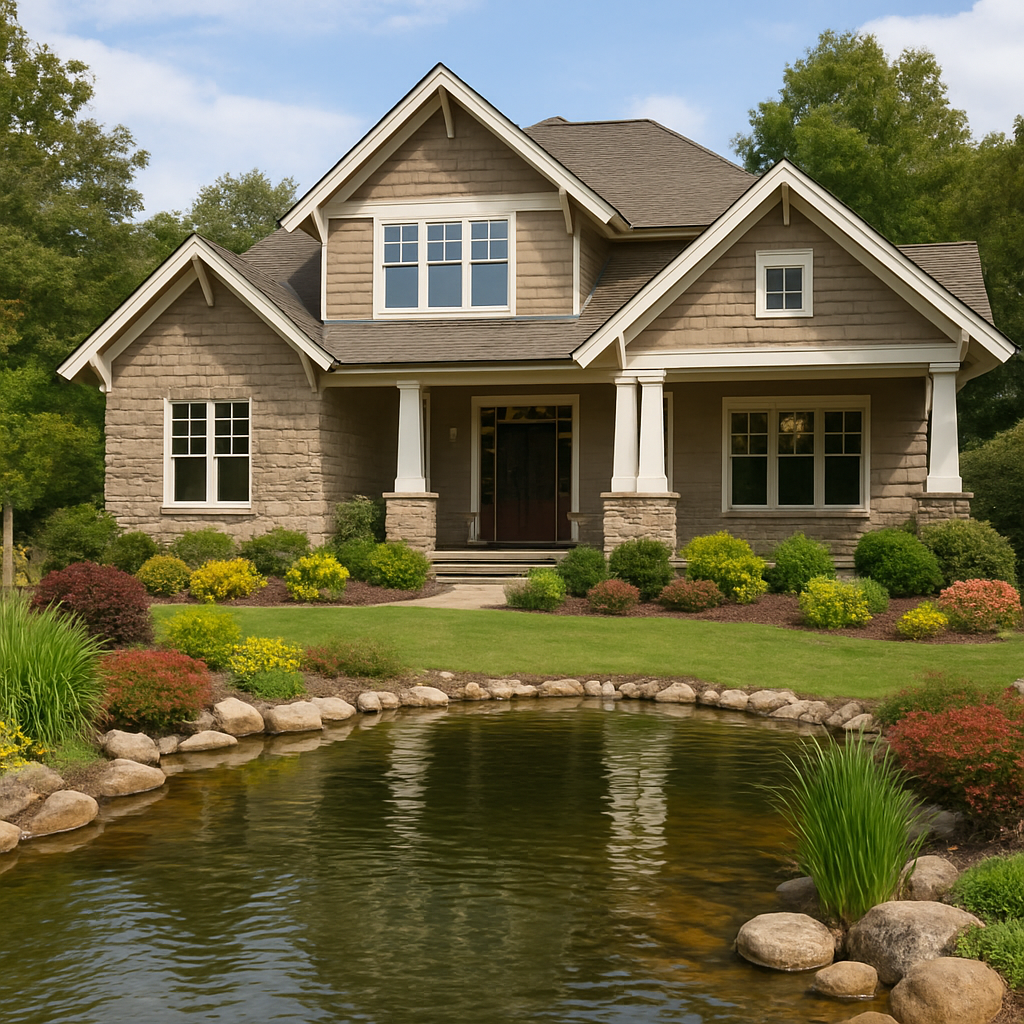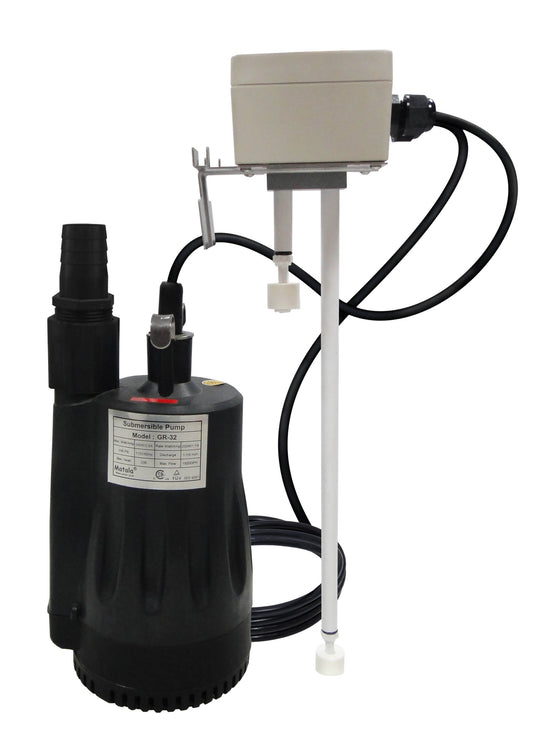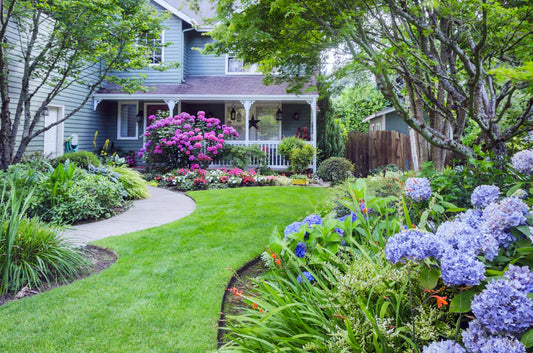
Can I Use Greywater for a Pond, Creek, or Waterfall?
Mason LogueCan I Use Greywater for a Pond, Creek, or Waterfall?
TL;DR
No, untreated greywater should never be used in ponds, waterfalls, or creeks. Greywater contains organic waste, soaps, and bacteria that make it unsafe for human contact and harmful to aquatic life. It will cause foul odors and health risks. If you want to incorporate greywater into a water feature, it must first be treated—typically with a constructed wetland system. However, this adds complexity, evaporative loss, and potential permitting challenges.
Why Greywater and Water Features Don’t Mix
Greywater isn’t like rainwater or tap water. It carries:
- Soap residues
- Bacteria
- Dirt and oils
- Organic matter from laundry and showers
When this water sits in an open pond or cycles through a fountain or artificial creek, it quickly becomes stagnant. The result? Foul smells, murky water, and a serious risk of contamination—especially dangerous for pets, wildlife, or kids who may touch or accidentally ingest the water.
Health Risks
If someone were to drink or play in untreated greywater, they could be exposed to:
- Harmful pathogens
- Skin irritants
- Gastrointestinal illnesses
This is why greywater is legally restricted in many areas to subsurface irrigation only—where there’s no chance of human contact.
The Treatment Exception: Using Wetlands for Greywater
There is one viable (though complex) workaround: treating greywater using constructed wetlands or reed beds. These systems mimic nature by filtering water through layers of vegetation and substrate.
But there’s a catch:
- Evapotranspiration: Wetland plants absorb and evaporate a portion of the water, so you’ll end up with less usable water for your pond.
- Regulations: Most municipalities restrict or prohibit using treated greywater for open water features. Permits are hard to get.
- Cost and Maintenance: Designing and maintaining a wetland treatment system takes effort and expertise.
Instead, it’s often smarter to:
-
Use your greywater to irrigate your landscape, reducing your need for freshwater elsewhere.
-
Reserve clean or rainwater for filling and cycling through ponds and fountains.
Real-World Tip from Greywater Users
Aqua2use users have found success focusing their greywater reuse on productive irrigation, not aesthetic water features. For example:
“We buried our irrigation lines and the emitters are each in their own PVC pipe filled with gravel, about 12" below the surface. It's been great to have all this additional water available for the garden.” – Dave in Baja
“I have it set up to either pump into a natural swale or into a reed bed greywater filtration system that irrigates a garden…” – J.G., using Aqua2use GWDD for 5+ years
These setups prioritize plant health, water conservation, and odor-free operation—while avoiding regulatory complications.
FAQ: Greywater and Water Features
Can I use greywater for a koi pond or goldfish tank?
No. Greywater is toxic to fish and will quickly pollute the water.
What if I treat my greywater first?
It’s possible, but expensive and hard to permit. Treated water from a wetland system may be usable, but evaporation and regulatory oversight make it impractical for most homeowners.
Can I use greywater to top off a decorative fountain?
No. The water must be clean enough for human contact. Greywater poses too many health risks.
Is there a greywater-safe way to create a natural-looking creek or wetland?
Yes, but only if the water is treated through a constructed wetland and never reused for surface features where contact might occur. Even then, local codes may prohibit it.
The Smarter Option: Irrigate First, Beautify Later
Your best bet? Use a system like Aqua2use GWDD to route filtered greywater into your garden, freeing up your clean water supply for ponds, fountains, or waterfalls. This way, your plants stay green—and your pond stays safe.
Explore greywater-compatible systems at Water Wise Group and design a setup that meets both your conservation goals and aesthetic vision—without compromising safety.







